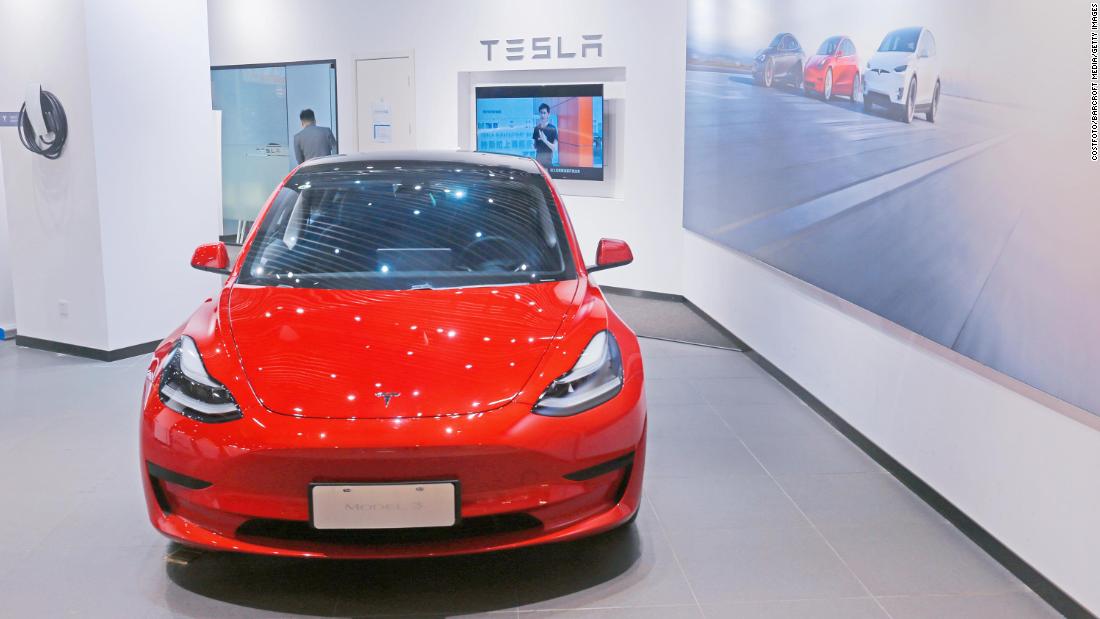rockdog
Senior Member
- Joined
- Dec 29, 2010
- Messages
- 4,033
- Likes
- 2,931
China's export is still boom in April, even better than expectation!
China's imports in April increased 43.1% year-on-year (in US dollars), expected to be 44%, compared with the previous value of 38.1%. In April, exports grew by 32.3% year-on-year (in US dollars), expected to be 24.1% and the previous value was 30.6%.
The following is from the General Administration of Customs:
According to customs statistics, in dollar terms, China's total import and export value in the first four months of this year was US $1.79 trillion, up 38.2% year on year and 27.4% over the same period in 2019. Among them, exports amounted to US $973.7 billion, a year-on-year increase of 44%, and an increase of 30.7% over the same period in 2019; Imports reached 815.79 billion US dollars, up 31.9% year on year and 23.7% over the same period in 2019; The trade surplus was US $157.91 billion, up 174% year on year.
In terms of US dollars, China's total import and export value in April was US $484.99 billion, a year-on-year increase of 37%, a month on month increase of 3.5%, and a year-on-year increase of 29.6%. Among them, the export reached 263.92 billion US dollars, up 32.3% year on year, 9.5% month on month, and 36.3% year on year; Imports reached US $221.07 billion, a year-on-year increase of 43.1%, a month on month decrease of 2.8%, and a year-on-year increase of 22.5%; The trade surplus was US $42.85 billion, a year-on-year decrease of 4.7%.
The import and export of general trade increased and the proportion increased. In the first four months, China's general trade import and export reached US $1102.336 billion, up 42.3% year-on-year (the same below), accounting for 61.6% of China's total foreign trade value, up 1.8 percentage points over the same period last year. Among them, exports reached 590.573 billion US dollars, an increase of 49.4%; Imports reached 511.763 billion US dollars, an increase of 34.8%.
Imports and exports to ASEAN, EU and the United States increased. In the first four months, ASEAN was China's largest trading partner. The total value of trade between China and ASEAN was US $264.025 billion, an increase of 37.2%, accounting for 14.8% of China's total foreign trade value. Among them, exports to ASEAN reached 146.272 billion US dollars, up 38.8%; Imports from ASEAN reached US $117.754 billion, an increase of 35.3%; The trade surplus with ASEAN was US $28.518 billion, an increase of 43.6%. The EU is China's second largest trading partner, with a total trade value of US $250.299 billion, an increase of 42.0%, accounting for 14%. Among them, exports to the EU reached US $150.093 billion, an increase of 46.6%; Imports from the EU reached US $100.207 billion, an increase of 35.7%; The trade surplus with the EU was US $49.886 billion, an increase of 60.9%. The United States is China's third largest trading partner, with a total value of US $221.651 billion, an increase of 61.8%, accounting for 12.4%. Among them, exports to the United States reached 161.168 billion US dollars, an increase of 60.8%; Imports from the United States reached US $60.484 billion, an increase of 64.7%; The trade surplus with the United States was US $100.684 billion, an increase of 47%. Japan is China's fourth largest trading partner, with a total value of US $118.525 billion, an increase of 24.8%, accounting for 6.6%. Among them, the export to Japan was US $52.429 billion, an increase of 21.2%; Imports from Japan reached 66.096 billion US dollars, an increase of 27.9%; The trade deficit with Japan was 13.667 billion US dollars, an increase of 53.6%.
Exports of mechanical and electrical products and high-tech products increased. In the first four months, China exported 583.166 billion US dollars of mechanical and electrical products, an increase of 46.7%, accounting for 59.9% of the total export value. During the same period, the export of high-tech products reached 288.526 billion US dollars, an increase of 42%, accounting for 29.6% of the total export value.
China's imports in April increased 43.1% year-on-year (in US dollars), expected to be 44%, compared with the previous value of 38.1%. In April, exports grew by 32.3% year-on-year (in US dollars), expected to be 24.1% and the previous value was 30.6%.
The following is from the General Administration of Customs:
According to customs statistics, in dollar terms, China's total import and export value in the first four months of this year was US $1.79 trillion, up 38.2% year on year and 27.4% over the same period in 2019. Among them, exports amounted to US $973.7 billion, a year-on-year increase of 44%, and an increase of 30.7% over the same period in 2019; Imports reached 815.79 billion US dollars, up 31.9% year on year and 23.7% over the same period in 2019; The trade surplus was US $157.91 billion, up 174% year on year.
In terms of US dollars, China's total import and export value in April was US $484.99 billion, a year-on-year increase of 37%, a month on month increase of 3.5%, and a year-on-year increase of 29.6%. Among them, the export reached 263.92 billion US dollars, up 32.3% year on year, 9.5% month on month, and 36.3% year on year; Imports reached US $221.07 billion, a year-on-year increase of 43.1%, a month on month decrease of 2.8%, and a year-on-year increase of 22.5%; The trade surplus was US $42.85 billion, a year-on-year decrease of 4.7%.
The import and export of general trade increased and the proportion increased. In the first four months, China's general trade import and export reached US $1102.336 billion, up 42.3% year-on-year (the same below), accounting for 61.6% of China's total foreign trade value, up 1.8 percentage points over the same period last year. Among them, exports reached 590.573 billion US dollars, an increase of 49.4%; Imports reached 511.763 billion US dollars, an increase of 34.8%.
Imports and exports to ASEAN, EU and the United States increased. In the first four months, ASEAN was China's largest trading partner. The total value of trade between China and ASEAN was US $264.025 billion, an increase of 37.2%, accounting for 14.8% of China's total foreign trade value. Among them, exports to ASEAN reached 146.272 billion US dollars, up 38.8%; Imports from ASEAN reached US $117.754 billion, an increase of 35.3%; The trade surplus with ASEAN was US $28.518 billion, an increase of 43.6%. The EU is China's second largest trading partner, with a total trade value of US $250.299 billion, an increase of 42.0%, accounting for 14%. Among them, exports to the EU reached US $150.093 billion, an increase of 46.6%; Imports from the EU reached US $100.207 billion, an increase of 35.7%; The trade surplus with the EU was US $49.886 billion, an increase of 60.9%. The United States is China's third largest trading partner, with a total value of US $221.651 billion, an increase of 61.8%, accounting for 12.4%. Among them, exports to the United States reached 161.168 billion US dollars, an increase of 60.8%; Imports from the United States reached US $60.484 billion, an increase of 64.7%; The trade surplus with the United States was US $100.684 billion, an increase of 47%. Japan is China's fourth largest trading partner, with a total value of US $118.525 billion, an increase of 24.8%, accounting for 6.6%. Among them, the export to Japan was US $52.429 billion, an increase of 21.2%; Imports from Japan reached 66.096 billion US dollars, an increase of 27.9%; The trade deficit with Japan was 13.667 billion US dollars, an increase of 53.6%.
Exports of mechanical and electrical products and high-tech products increased. In the first four months, China exported 583.166 billion US dollars of mechanical and electrical products, an increase of 46.7%, accounting for 59.9% of the total export value. During the same period, the export of high-tech products reached 288.526 billion US dollars, an increase of 42%, accounting for 29.6% of the total export value.










